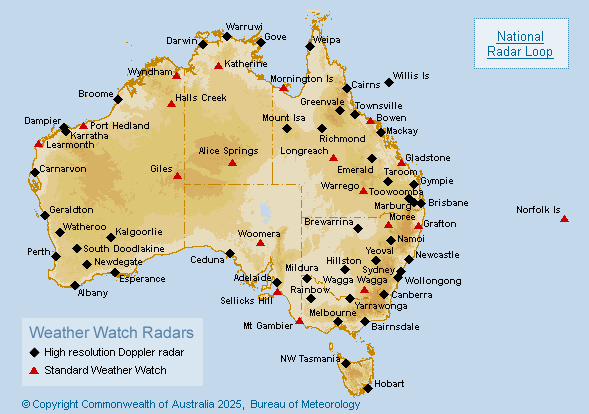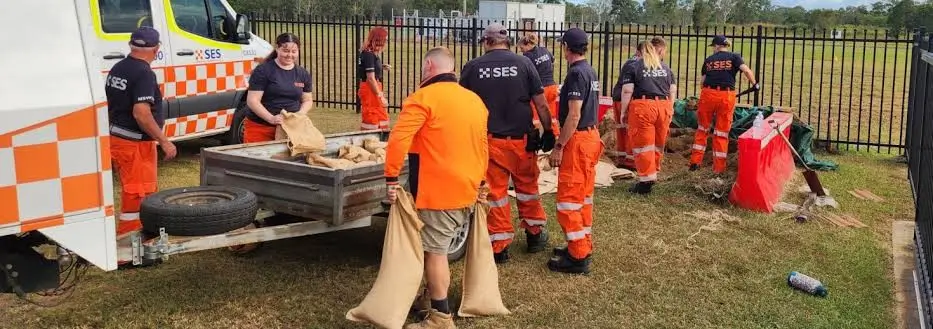Australia is poised for a leap forward in weather radar tech as Honeywell’s RDR-7000 system prepares for rollout, bringing smarter, faster and real-time weather tracking across Sydney, Melbourne, Brisbane, and beyond.
While the rollout is focused on aviation clients, its ripple effects will impact everything from air safety and emergency planning to public radar access for Australians in weather-vulnerable regions like Surry Hills, Newcastle, and outer NSW.
 Image 1: Honeywell RDR-7000 weather radar and the storm cell in action
Image 1: Honeywell RDR-7000 weather radar and the storm cell in action
Source: Honeywell Aerospace Media Library
Why Weather Radar Australia Matters More Than Ever
In an era where climate unpredictability is intensifying, Weather radar Australia is no longer just a tool for pilots and meteorologists—it’s becoming a key asset for everyday citizens tracking rainfall, storms, and flood threats in real-time.
Recent years have seen surges in search demand for “weather radar today”, “weather radar near Surry Hills NSW”, and “weather radar Sydney” “weather radar Australia”, as Australians increasingly rely on radar to make daily decisions around safety, travel, and logistics.
Honeywell’s RDR-7000, which features real-time storm cell detection, predictive windshear alerts, and automated clutter suppression, will boost regional radar accuracy where coverage has been limited or outdated.

Image 2: Public-access weather radar near Sydney
Source: Bureau of Meteorology (BOM)
PAG-Honeywell Partnership Expands Radar Across Asia-Pacific
Professional Aviation Associates (PAG), part of the larger Precision Aviation Group, has announced it will manage regional distribution of the Honeywell RDR-7000. This expansion includes Australia, where key airports in Sydney, Brisbane, and Melbourne are expected to adopt or integrate the system over the next 12 months.
The weather radar Australia will be fitted on both commercial and business aircraft, with additional applications in air traffic control, disaster management, and defence operations.
“This technology leap helps Australia position itself for a smarter, safer aviation future,” said a PAG spokesperson. “It’s about staying ahead of the weather—literally.”
Improved Access for Eastern Seaboard Cities
Cities like Newcastle, Surry Hills, and Melbourne have previously relied on fragmented radar data sourced from legacy BOM systems and third-party providers. The rollout of more advanced radar infrastructure promises cleaner, faster, and more reliable data streams—critical during Australia’s severe weather months.
For instance:
- Weather radar Newcastle: Will benefit from extended detection range during east coast lows.
- Weather radar Brisbane: Gains more precise rainfall overlays for storm tracking.
- Weather radar NSW (especially regional): Adds resilience for bushfire and flood monitoring.
These improvements could be mirrored in aviation-adjacent sectors like emergency services, agriculture, and drone logistics.

Image 3: Fire and flood emergency crews monitoring radar feeds in NSW operations centre
Source: NSW Government
From Planes to Phones: How Radar Enhancements Will Reach the Public
Although Honeywell’s radar tech is engineered for aviation-grade performance, the data it collects can be relayed into weather apps, radar overlays, and BOM platforms, helping everyday Australians receive hyperlocal updates.
As Australians increasingly ask for “weather radar near me,” integration of cutting-edge radar into national data grids can bridge the gap between aviation tech and community safety.
Business and Logistics Benefits
Beyond personal safety, industries that rely on weather precision—like construction, mining, shipping, and logistics—stand to gain significantly.
Real-time atmospheric data allows:
- Better scheduling and route planning
- Reduced flight delays and cancellations
- Smarter decisions in agriculture (spraying, harvesting)
- Improved alert systems for delivery and freight disruption
Australian businesses operating in flood-prone or storm-belt regions will find real operational value from these radar innovations.
Conclusion: Australia’s Weather Radar Future Is Clearer
The Weather radar Australia landscape is undergoing a quiet transformation. With Honeywell’s RDR-7000 entering the scene and regional airports and agencies poised to modernise, the timing couldn’t be better.
As climate events become more frequent and intense, accurate weather radar Australia isn’t just a luxury—it’s essential infrastructure. And with growing public reliance on near-instant weather data, this upgrade marks a turning point in how Australians prepare for what’s coming—whether on the tarmac or in the backyard.

